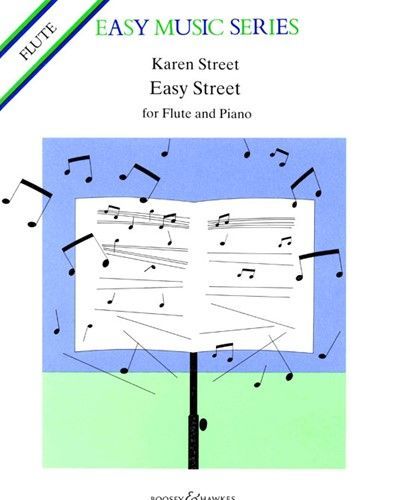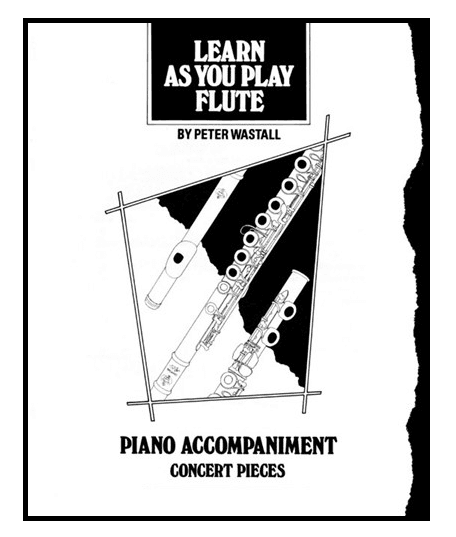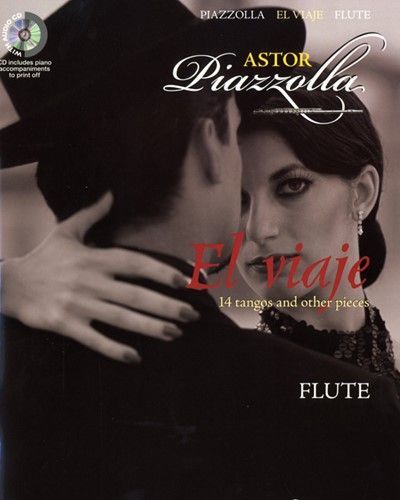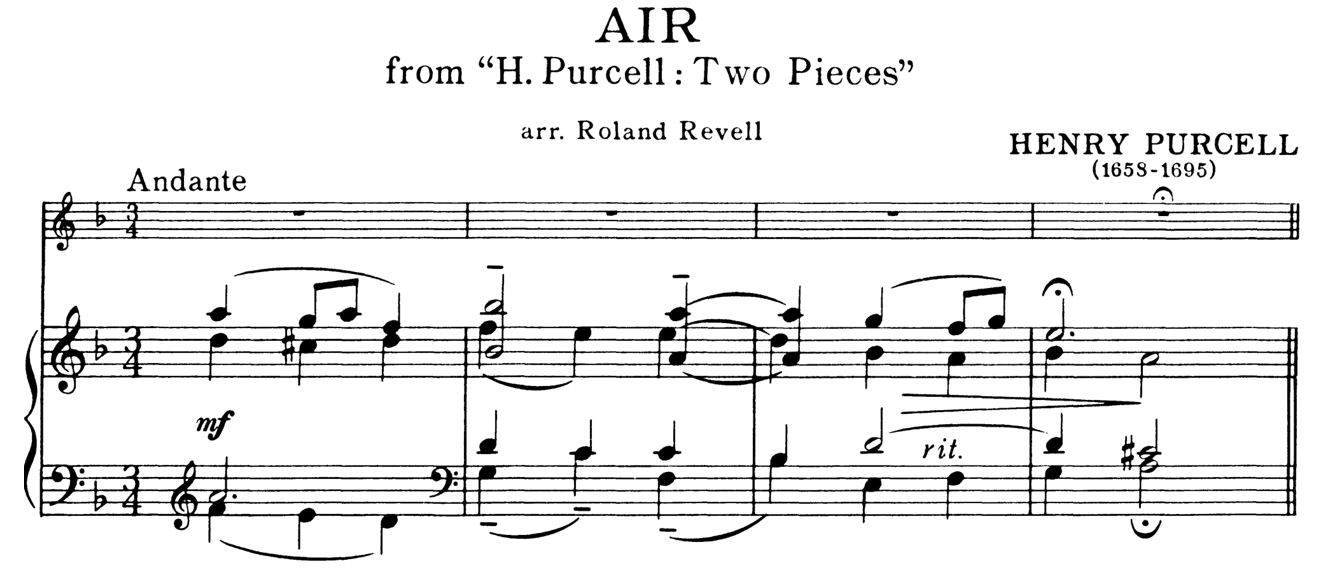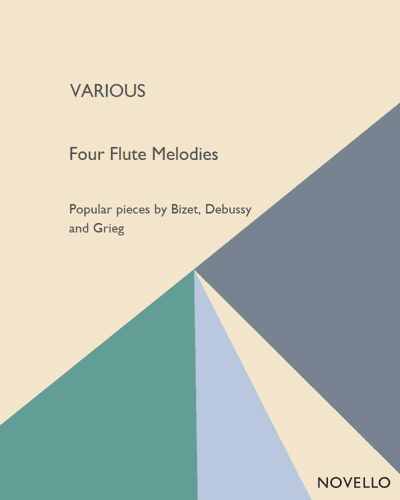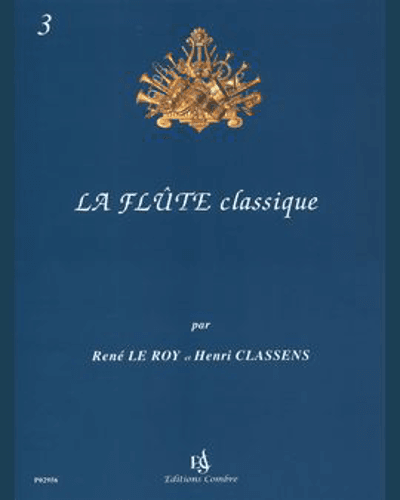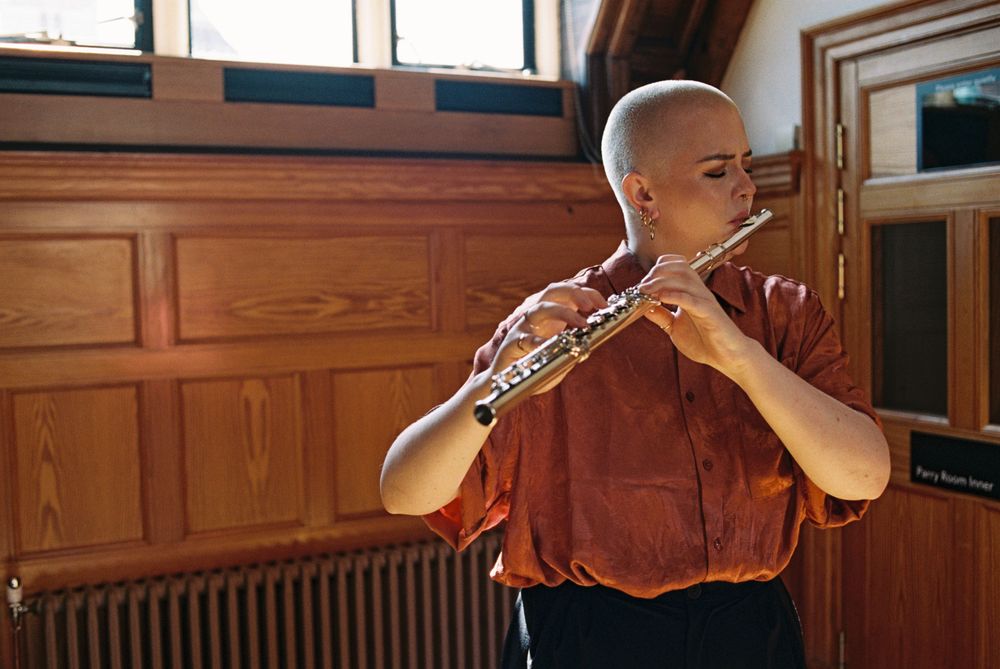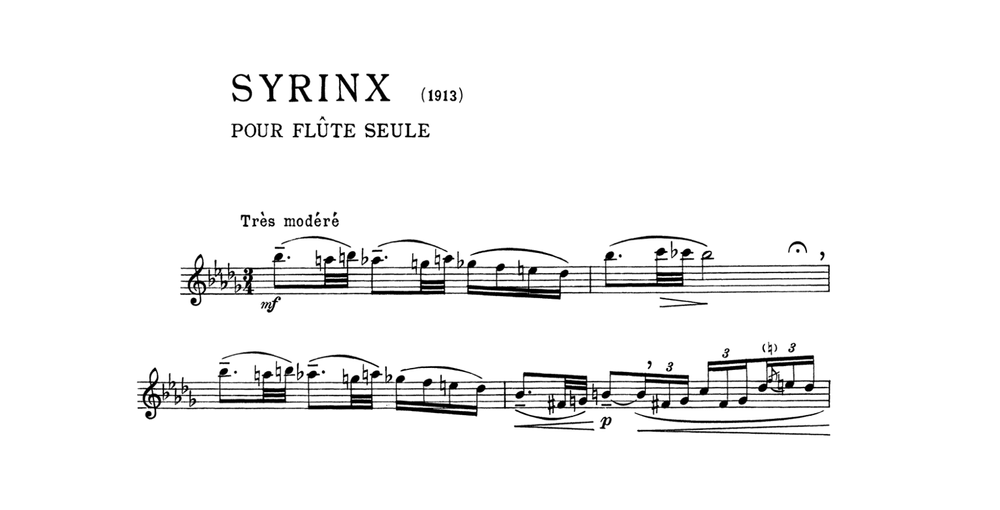New to the flute and looking for some material to play? You’ve come to the right place. Below you’ll find a list of ten songs perfectly suited to a player in your shoes.
These ten pieces have been selected for their stylistic and technical variety. Learning them involves rising to a range of demands that all beginner flautists should aim to familiarise themselves with..
So it’s best to think of these ten first songs as your ten first lessons. By working your way through each one, you’ll give yourself a solid foundation on which you can develop your skills in a rounded and efficient way.
Easy flute songs for beginners
- The Banks of the Danube by Béla Bartók
- Memories by Karen Street
- ‘The Wind Beneath My Wings’ by Bette Midler
- Humming Song by Robert Schumann
- ‘Don’t Tell Me’ by Madonna
- Chanson de la Naissance by Ástor Piazzolla
- Air by Henry Purcell
- ‘I’m Your Man’ by George Michael
- Cowkeeper’s Song by Edvard Grieg
- Largo in B minor by Johann Joachim Quantz

